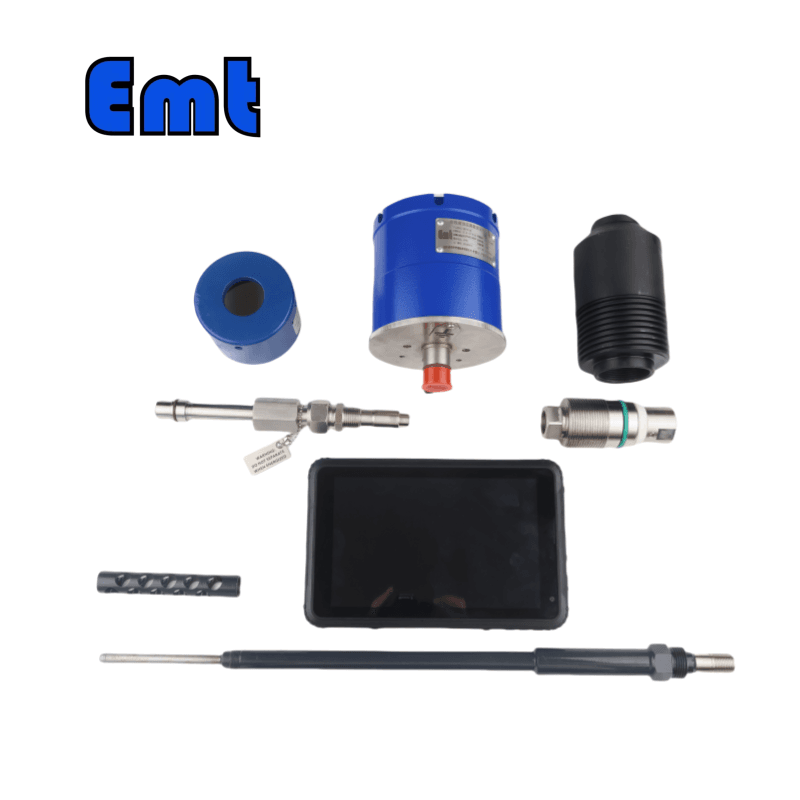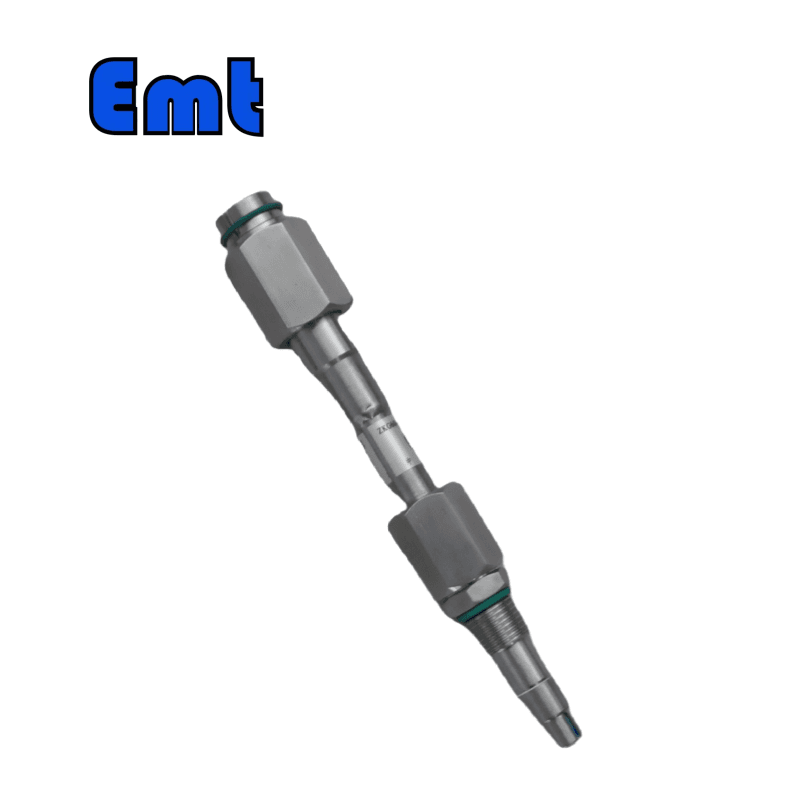1. Introduction
Purpose of the Corrosion Monitoring Probe
The Corrosion Monitoring Probe serves a crucial role in detecting and measuring the rate of corrosion within industrial materials. By providing timely and accurate data, the probe helps prevent potential failures and extends the lifespan of critical infrastructure.
Importance in Industry
Industries such as oil and gas, chemical manufacturing, and water treatment rely heavily on these probes. They are vital for ensuring the integrity of pipelines, storage tanks, and other equipment, minimizing downtime, and avoiding costly repairs and environmental damage.
2. Design and Construction
Materials Used
- Stainless Steel 316, L DUPLEX SS. These materials are chosen for the probe’s body due to their excellent resistance to a wide range of corrosive environments and their strength at high temperatures.
- Teflon and Fluororubber. These materials are used for sealing components within the probe, offering superior sealing capabilities and chemical inertness, which ensures reliable performance under varying operational conditions.
Components of the Probe Assembly
- Access Fitting Body. This component allows the probe to be easily installed and removed from piping systems and pressure vessels. It can be welded or flange-mounted based on installation requirements.
- Protective Cover. Designed to shield the probe from physical damage and environmental exposure, thereby enhancing its durability and operational lifespan.
- Probe. The primary sensing element of the assembly, engineered to detect and measure corrosion rates accurately.
- Hollow Plug Body. Facilitates secure and stable placement of the probe, ensuring that it remains well-positioned to monitor corrosion effectively.
- Temperature & Pressure Gauge Assembly. These gauges are integral for monitoring the conditions under which the probe operates, ensuring that the readings are accurate and within the designed operating range.
3. Specifications
Operating Conditions
- Temperature Range. The probe is capable of operating effectively in a temperature range from -20 to 200°C, accommodating the harsh environments typically found in industrial settings.
- Pressure Range. It is built to withstand pressures from 0 to 26 MPa, making it suitable for high-pressure applications where standard probes would fail.
Flange Specifications
- Size. The standard size for the flange is ANSI 2″ RF (or RJ), which is widely compatible with existing industrial systems, simplifying integration.
- Material Options. Options include Carbon Steel (CS), 316L Stainless Steel, and DUPLEX Stainless Steel, each selected based on the specific environmental and operational demands they will encounter.

4. Features and Benefits
Key Features
- Easy Operation. The probe has user-friendliness. Operators can install and begin using the device with minimal training, significantly easing the integration process into existing systems.
- High Accuracy. Precision is paramount when monitoring corrosion, and this probe delivers exceptionally accurate readings, enabling timely decisions to protect infrastructure.
- Long Life and Low Maintenance. Built to withstand harsh environments without degradation, the probe requires infrequent maintenance, reducing operational costs and downtime.
Advantages
- Lightweight and Flexible. The probe’s design prioritizes ease of handling and installation, which is particularly beneficial in complex or confined spaces.
- High Injection Efficiency. Capable of delivering chemicals or markers for testing with great efficiency. This feature proves essential in accurately assessing the condition and safety of the infrastructure.
- Accurate Location Tracking. The probe includes capabilities for precise location monitoring, which is critical for pinpointing areas of concern and facilitating targeted maintenance efforts.
5. Applications
Industries that Benefit
- Oil and Gas. The probe is essential in the oil and gas industry, where it monitors the integrity of pipelines and storage tanks. Its ability to detect minute changes in material composition helps prevent leaks that could not only lead to significant environmental damage but also cause financial losses due to production stoppages and regulatory fines. Proactive corrosion monitoring ensures the ongoing safety and efficiency of operations, particularly in environments exposed to corrosive natural gases or acidic crude oils.
- Chemical Processing. In chemical plants, the probe plays a critical role in safeguarding equipment that regularly comes into contact with aggressive chemical agents. By continuously assessing the condition of reactors, storage containers, and pipelines, the probe helps prevent material failures that could result in hazardous spills or explosions. Its deployment improves plant safety, maintains product quality, and upholds stringent compliance standards for industry regulations.
Common Applications
- Monitoring Hydrogen Permeation in Steels. This specific application is vital in preventing hydrogen-induced cracking and embrittlement. Which are common challenges in high-strength steels used across various industrial infrastructures. The probe’s sensitive detection capabilities allow for the monitoring of hydrogen levels within steel matrices, enabling early intervention before structural integrity is compromised. This application is particularly crucial in high-pressure systems and environments where hydrogen is a by-product of chemical reactions.
- Preventing Embrittlement, Blistering, and Decarburization. The probe provides key insights into the early stages of embrittlement, blistering, and decarburization—conditions that can weaken metals and lead to catastrophic failures over time. By offering precise and reliable measurements, the probe allows for the implementation of effective mitigation strategies, such as adjusting operational parameters or conducting timely maintenance. This not only extends the lifespan of equipment but also enhances overall operational safety.
6. Commercial Information
Payment Options
- Telegraphic Transfer (TT). This option allows for quick and secure transfer of funds internationally, ensuring prompt processing of orders.
- Letter of Credit (LC). Ideal for larger transactions, this method offers both the buyer and seller security, as payments are only made when the terms of the agreement are fulfilled.








There are no reviews yet.